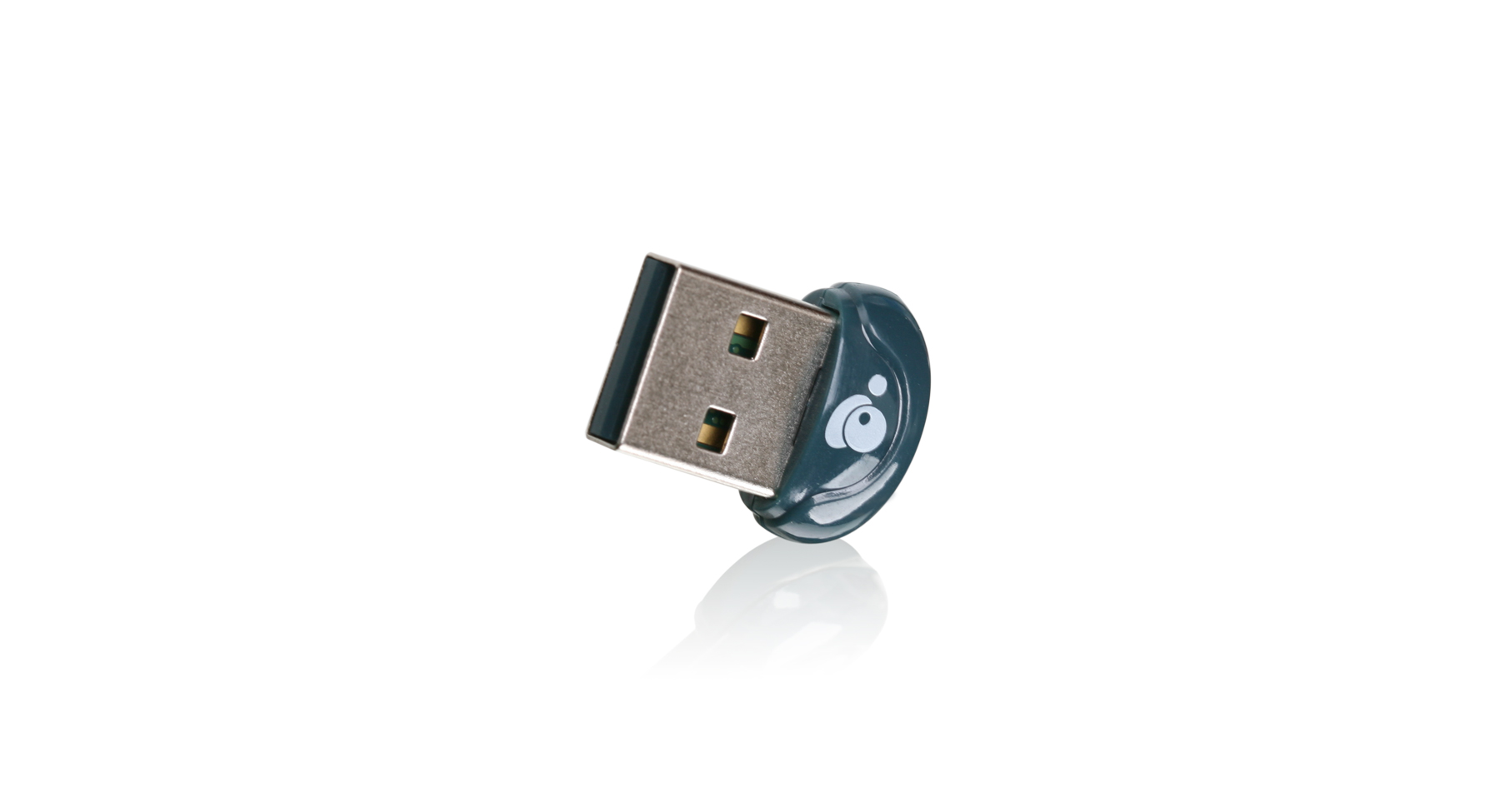Bt Explorer Installation Package For The Product


The log files for Image Builder Wizard are located in a folder that is named Panther. The location of this folder will change depending on the phase of setup currently in progress. Winproxy Secure Suite 6.0 Download 2016 - Full Version on this page. The logs have to be moved around because your disk is often formatted during the setup process.
In the column to the left, under Tasks, click on Export Client Install Package. Browse to the location to which you want to save the folder. The Desktop will make it easy to find.
Before installation starts, the logs are stored in the RAM drive (usually x: windows panther). However, the RAM drive goes away after setup restarts your device, so this is not a good permanent location for the log files. After Image Builder Wizard has formatted the device disk and created partitions, the logs can be moved to the hard disk. The permanent log location of c: Windows Panther directory does not exist yet, as the core Windows Embedded Standard 7 image has not been installed.
Instead the logs are temporarily placed under c: $windows.~bt but then moved to the final location of c: windows panther once the base Standard 7 installation has finished. To summarize: Installation Point Log File Location While running 'autorun' (before selecting Build an Image or Deploy an Answer File or WIM) No logs available Before installation actually starts (before selecting Next on the disk selection screen) x: windows panther After installation starts c: $WINDOWS.~BT Sources Panther After installation completes c: Windows Panther.
Because the Windows Explorer interface is not available in Image Builder Wizard, a Command Prompt window must be used to access the log files. After an error is encountered in Image Builder Wizard, but before you select OK to dismiss the error, you can press Shift + F10 to open a Command Prompt window. You must do this before dismissing the error dialog because clicking OK to dismiss the error will cause setup to attempt to roll back the installation, potentially deleting your log files in the process. If you are not familiar with Windows/DOS commands, you may want to look up a list of basic commands. The cd command is used to navigate between directories and the dir command is use to list files in the currently-selected directory.
In the following example, you can see the navigation to the c: $WINDOWS.~BT Sources Panther directory and then the list of the directory contents which shows that the files we are interested in are present. Note: The phases described here are not directly equivalent to the Configuration Passes (1-7) in the settings in Image Configuration Editor. • Phase A In this phase, the Image Builder Wizard media is plugged into your device and the device is booted into Image Builder Wizard. Image Builder Wizard runs on top of the Windows Preinstallation Environment (Windows PE) 3.0 operating system. In Phase A, your device starts in Windows PE and the Autorun program starts. • Autorun Autorun is the initial screen displayed when Image Builder Wizard is started and it has two main options: Build an Image or Deploy an Answer File or WIM.
From the time Windows PE starts through to when the text Setup is starting is displayed, no Image Builder Wizard logs are created as Image Builder Wizard has not actually started yet. • Phase B When you select Build an image, this calls the actual Image Builder Wizard program, which is setup.exe in the sources folder of your Image Builder Wizard media. If you use the Deploy an Answer file or WIM option, this calls either setup.exe /unattend:MyAnswerFile.xml or setup.exe /installfrom:MyWim.wim, depending on whether you point to an answer file or a WIM. • Image Builder Wizard Engine Here, if you decide not to use an answer file or if your answer file was incomplete, the Image Builder Wizard user interface will be displayed and you will be prompted to select packages, drivers, languages, to configure your installation disks, and so on If you are using an answer file, the Image Based Setup Engine processes your answer file in the background and configures the installation appropriately. • Phase C After the installation is ready to start, the Image Based Setup Engine will expand the Embedded Core to the device installation disk and then pass off the installation of packages to a servicing tool named Deployment Image Servicing and Management (DISM). Csi Safe V14 Keygen Idm more. • DISM / CBS DISM processes your answer file and calls into the operating system's Component-Based Servicing (CBS) stack to actually install the packages and apply settings.
• Phase D After most of the installation is finished, Image Builder Wizard will restart your device to finish the installation. • Online Setup After your device has restarted, it will actually start in the Standard 7 operating system instead of into Image Builder Wizard. At this point setup is no longer being run from the DVD or USB disk that you originally started from, but instead from the hard disk on your device that you selected. In this phase of setup, installation finishes up with any last minute things that have to be done before your device is ready to use. • Phase E The Out-of-Box Experience (OOBE) user interface is displayed (or hidden, if you specified that in your answer file) and setup is finished. Important: If you try to change or repair an installation of Image Builder Wizard on a computer that has User Account Control (UAC) turned on, you may receive an error message: “The installation source for this product is not available. Verify that the source exists and that you can access it.” On Windows Vista, Windows 7, or later versions operating systems, if UAC is turned on, you cannot repair or change the installation from Programs and Features under Control Panel.